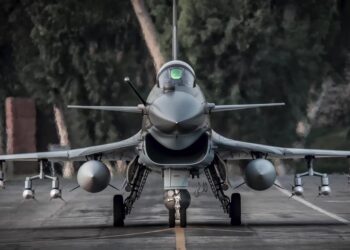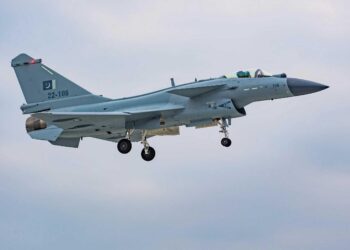In February 2009, President Obama described his strategy for ending the war in Iraq, and announced that all U.S. combat operations there would cease by the end of August 2010 and all troops would be withdrawn by December 2011. In response to a request by the Chairman of the Subcommittee on National Security and Foreign Affairs of the House Committee on Oversight and Government Reform, CBO released a letter today outlining the costs for ceasing military operations in Iraq under the Administration’s plan and under four alternative timetables for withdrawal.
The Administration’s Plan
According to the timeline described by Administration officials, the approximately 128,000 U.S. troops currently in Iraq would remain there through the Iraqi elections scheduled for January 2010. After that, the number of U.S. forces would decline to no more than 50,000 by the end of August 2010. In accordance with the Status of the Forces Agreement signed by Iraq and the United States in November 2008, the remaining 50,000 U.S. troops must leave the country by the end of December 2011.
CBO estimates that to comply with that timeline, the Administration will need to withdraw military personnel from Iraq in two stages; one between the Iraqi election and August 2010, when almost 80,000 U.S. troops will be removed over a period of seven months, and the other before the end of calendar year 2011, when 50,000 troops will need to be withdrawn.
CBO estimates that under the Administration’s plan, costs related directly to the U.S. forces conducting the war in Iraq—also called Operation Iraqi Freedom (OIF)—would total $156 billion over the 2009-2014 period, with annual costs decreasing from $69 billion in 2009 to less than $500 million in 2014.
Since all U.S. forces would be withdrawn by the second quarter of 2012, nearly all of the costs from 2012 to 2014 (totaling less than $10 billion) would be for repairing equipment that is used in Iraq and returned to the United States and for replacing equipment lost in the conduct of the war.
Alternative Timetables
CBO examined several alternative timetables for withdrawal of U.S. forces from Iraq. Three would withdraw all U.S. forces before the end of December 2011, as planned by the Administration:
- Option 1: Remove U.S. forces beginning in October 2009 at a rate of 14,400 troops per month to complete the withdrawal by the end of June 2010.
- Option 2: Draw forces down more rapidly—at a rate of 17,500 service members per month—starting in October 2009 and removing all troops by May 2010.
- Option 3: Conduct the withdrawal at the same rate as Option 2—17,500 troops per month—but begin after Iraq’s elections, scheduled for January 2010. Under this option, withdrawal would be complete by September 2010.
CBO also examined another plan, Option 4, which would withdraw U.S. forces more slowly and steadily than under the Administration’s plan, at a rate of 5,500 troops per month over 23 months beginning after the Iraqi elections, with all troops withdrawn by the end of December 2011.
CBO identified how some of OIF’s direct costs would change, from the estimated $156 billion over the 2009-2014 period, under the four alternative timetables. Options 1 and 2 would provide the greatest savings—$50 million and $54 million, respectively—as troops would be withdrawn at a rapid pace beginning in October 2009 before the Iraqi elections. Savings relative to the Administration’s plan would be smaller, approximately $34 billion, if the withdrawal of U.S. forces from Iraq did not begin until after the elections and troops were withdrawn by September 2010, as in Option 3. The more gradual withdrawal CBO analyzed—Option 4—would cost about $5 billion more than the Administration’s plan.
CBO’s report describes the procedures involved in withdrawing troops and equipment from Iraq and some of the logistical constraints that may apply. CBO did not evaluate the operational or security disadvantages associated with drawing down U.S. forces in Iraq earlier or more rapidly than planned by the Administration. The withdrawal of significant numbers of U.S. military personnel before the Iraqi elections could increase security risks during a time of high tensions in Iraq.
Read Full Report









